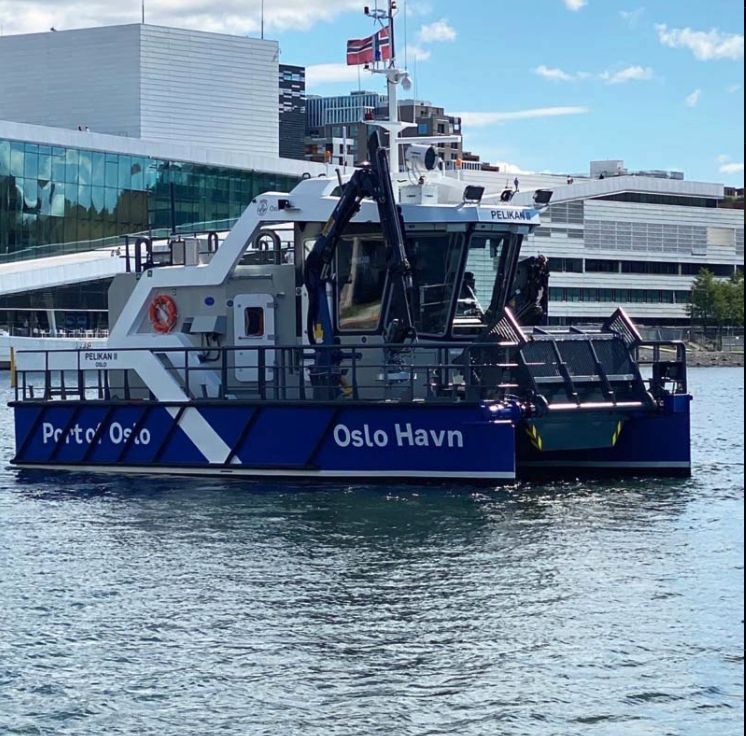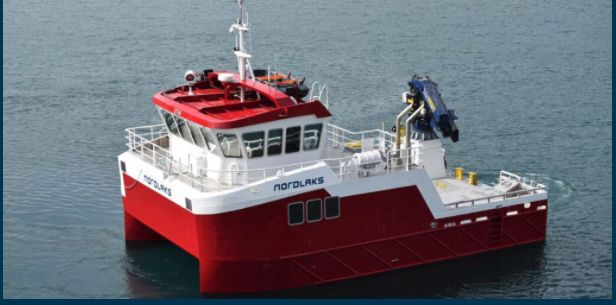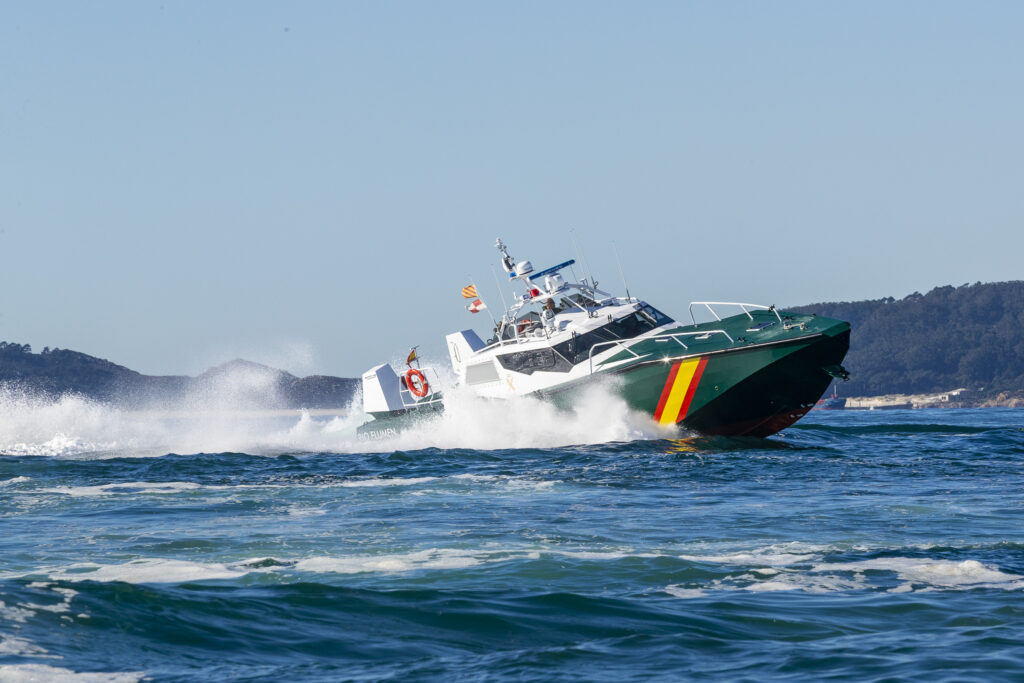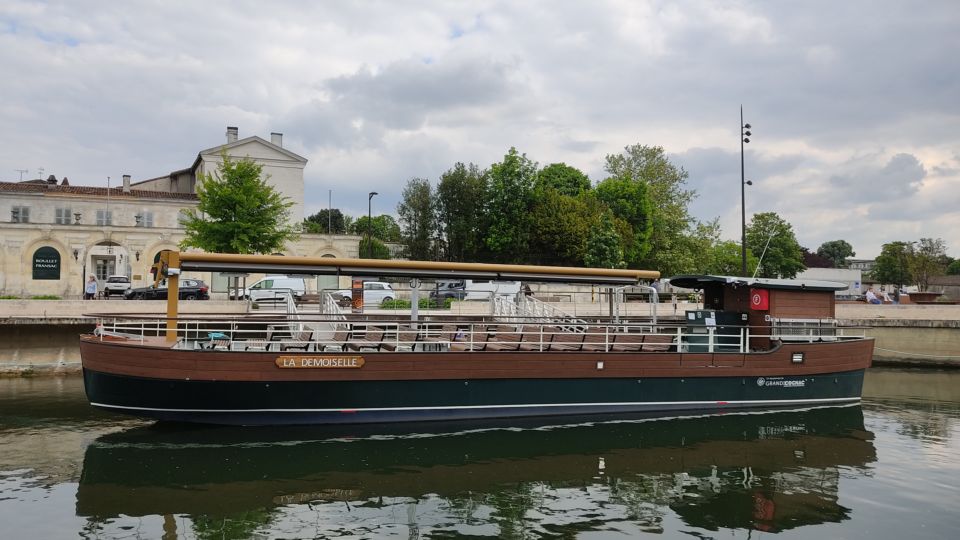
- The Galician shipyard signs a collaboration agreement with the company headed by Bärt Meek-Hansen. The objective: to take another step forward in an already unstoppable race towards sustainability.
- The first joint project, a catamaran for Norwegian salmon aquaculture, has already started to be built in Vigo.


In 2011 AISTER became the first shipyard in Spain to build a 100% electric passenger ship with aluminium materials, the Juan de Homar, which is currently operating in the Canal de Castilla. Today, ten years after that first milestone and as a result of its commitment to continue innovating and investing in zero-emission propulsion, the implementation of a partnership with the Norwegian shipyard GMV opens a new path that will allow the Galician company to reinforce its strategy of building eco-friendly ships.
Sharing knowledge, designs, resources and market coverage are the main objectives of an agreement between two companies that not only share their specialisation in the construction of aluminium boats, but also their work philosophy and concern to be at the forefront of the sector, firmly committed to new propulsion technologies.
The announcement of this agreement is undoubtedly great news for the Galician shipyard, which will become an even bigger and more capable company. The first joint project, in fact, is already underway.

How was the agreement forged?
Two years ago, at a very difficult time due to the Covid-19 pandemic and with the shipbuilding sector practically at a standstill, the opportunity arose to open a new path of collaboration with GMV, an aluminium shipyard located in the north of Norway and specialised in the construction of aquaculture and offshorewind vessels.
While the start of this collaboration was virtual due to restrictions, the seven-day border opening in Norway in July 2020 allowed Aister to travel to the shipyard run by Bärt Meek-Hansen and cement an agreement that had already been in the making for several months.
It was at that moment that the first stone was laid to begin designing a project that is now a reality.
What brings Aister and GMV together?
While AISTER specialises in high-speed construction and GMV in workboats, having an initial point in common in both companies, such as the family profile, the work philosophy, the objectives and the vision of the business world, facilitated the materialisation of a union that allows the Galician shipyard to take a step forward in its commitment to zero emissions.
GMV was founded more than five decades ago in the north of Norway, in an area dominated by salmon farming. Since its beginnings, the company has made clear its interest in innovation, among other things due to the need to stand out given its geographical location, and as they themselves state, it is the most northerly shipyard in the world.
For some years now, Meek-Hansen’s company has been focusing on electric and hybrid propulsion, positioning itself as one of the world leaders in this area of expertise. Indeed, three years ago, they were the first to build a 100 % electric waste collection vessel for the port of Oslo, with a working capacity of up to eight hours a day without the need for recharging. This was a technological milestone at a time when this type of propulsion was just beginning to make inroads in the sector.
Their clear focus on innovation, their commitment to the goal of zero emissions and the common ground of all-aluminium construction is what led to the creation of this strategic partnership.


First joint construction underway
Sharing knowledge, designs, resources and market coverage are the fundamental pillars on which the collaboration agreement between AISTER and GMV is based. Several projects are already under negotiation and a first construction is already underway in Vigo: a 15-metre-long, 10-metre-wide catamaran for a Norwegian salmon-fishing shipowner. This is AISTER’s 84th unit.
At the same time, it is already working on unifying management models and being able to tackle joint projects to be implemented in each of the companies.
It is undoubtedly the beginning of a new and exciting stage for AISTER.


 más información
más información 
